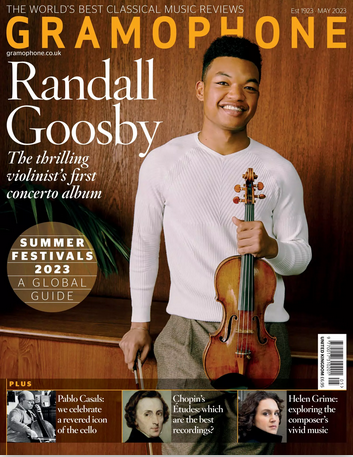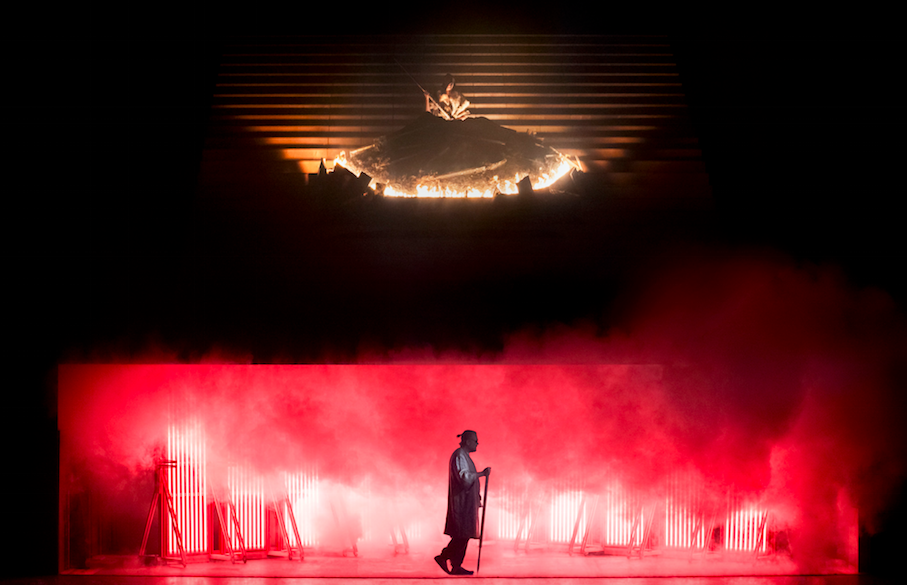Tonight, all eyes are on Malmö – Sweden’s third city and one Danes like to think of as a suburb of Copenhagen.
Forget about Sweden…Malmö’s great because of the sizeable add-on it brings to the Danish capital’s culture life. You can watch an opera in Malmö and be home in bed in Copenhagen – in another country – well before midnight. Copenhagen has all the musical trappings of a major European capital (two opera houses, three symphony orchestras, two conservatories, early music ensembles, radio choirs etc). Malmö adds to that a symphony orchestra, conservatory and opera house with its own full-time chorus and orchestra. It has a beautiful new concert hall in Malmö Live and its Mid-Century opera house from 1946, designed by Sigurd Lewerentz, is a functionalist masterpiece.
These seven fine performances from both buildings spring to mind.
- Malmö Opera: Pelléas et Mélisande (2016)
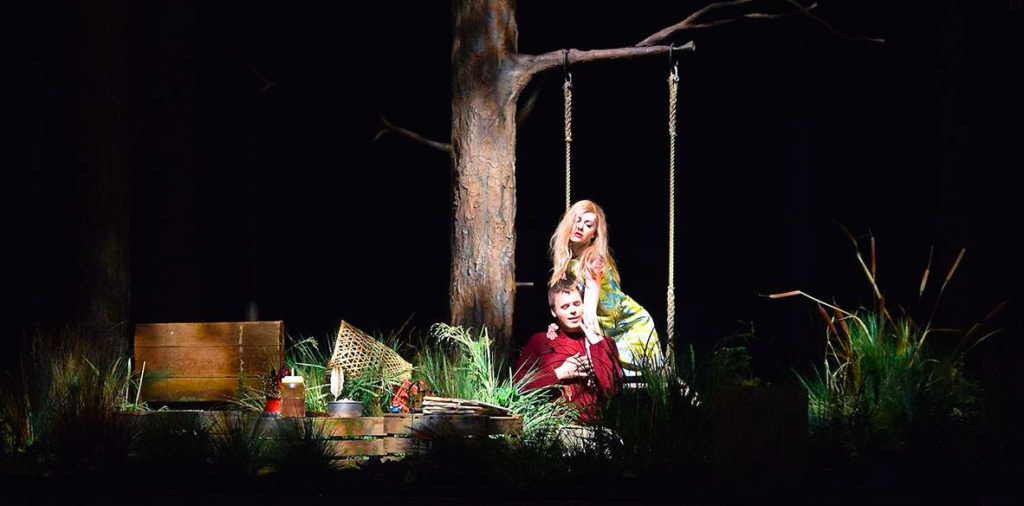
One of the first main-stage shows I saw at Malmö Opera. Benjamin Lazar’s production was well sung, very well conducted (by Maxime Pascal, chief conductor at the Helsingborg Symphony Orchestra from this summer) and beautifully designed and costumed in a sort of 1970s paradigm…tout un monde lointain. It was taped for DVD.
- 2. Malmö Opera: De Vliegende Hollander (2019)
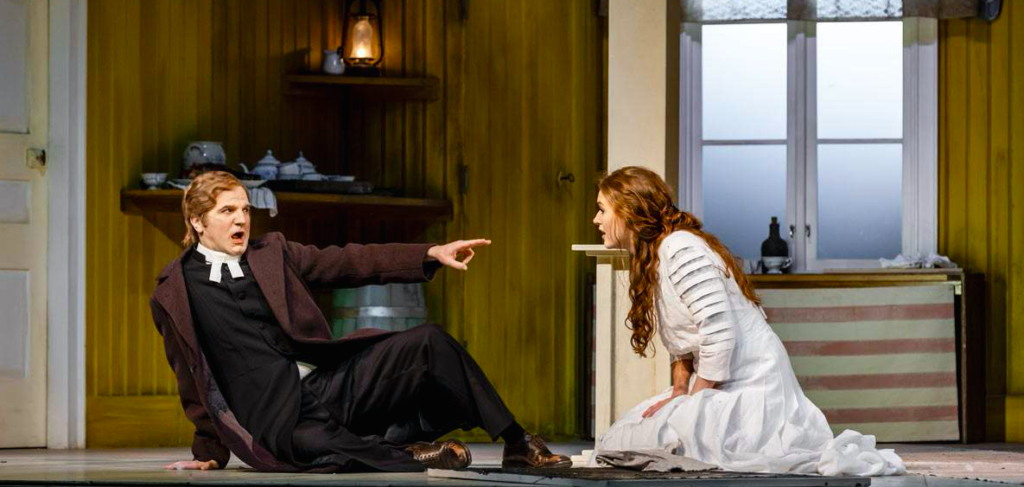
In Lotte de Beer’s 2019 staging of Wagner’s opera in Malmö, the character of Senta was portrayed not as the Norwegian village’s misfit loner but as a visionary artist, prone to creating daemonic, progressive canvases in black oils (an Ibsen-like figure in more ways than one). When the Dutchman arrived, all Senta needed do to prove their symbiosis was paint with him. Senta was powerfully sung by Cornelia Beskow, one of the ‘golden cohort’ to emerge from the Royal Danish Opera Academy in the early 2010s (alongside Lise Davidsen and Sofie Elkjær Jensen).
- 3. Malmö Symphony Orchestra: Trevino’s Opening Concert (2019)
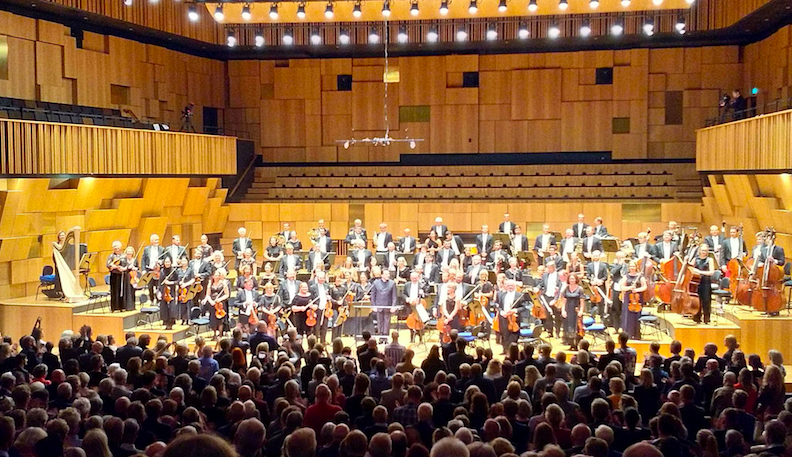
On 12 September 2019, Robert Trevino presided over his first concert as chief conductor of the Malmö Symphony Orchestra. He chose an exact replica of Simon Rattle’s opening concert at the Berliner Philharmoniker: Asyla by Thomas Adès and Mahler’s Symphony No 5. Sometimes, it’s better to hear an orchestra straining and almost bursting to play a difficult Mahler symphony than it is to hear an orchestra that knows the score like the back of its hand. It was hard not to get swept up in the ambition and intent of Trevino’s opening concert…and in how seriously the good folk of Malmö took it.
- 4. Malmö Opera: La Traviata (2018)
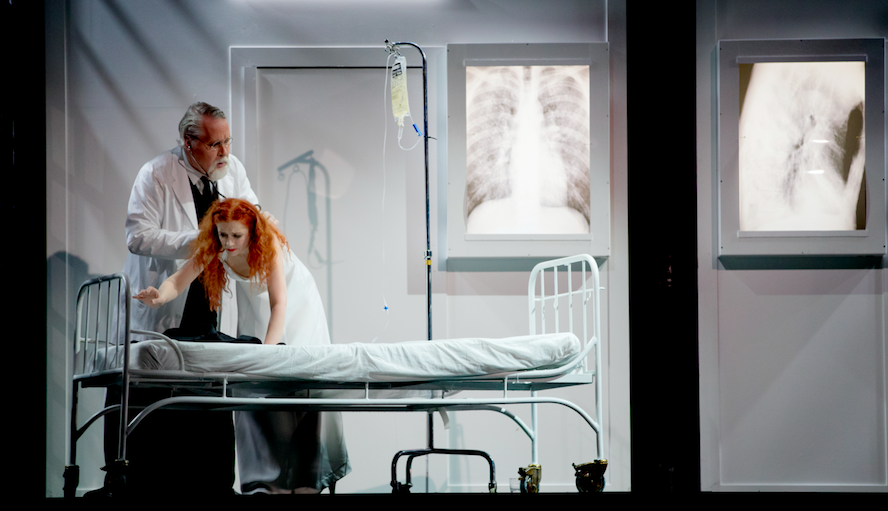
Malmö Opera scored a bit of a coup in 2018, luring the French coloratura soprano Patricia Petibon to the house to sing her first Violetta. I wrote at the time for Opera News: ‘the soprano’s superlative vocal acting and unique way with special effects enabled her to find richer, deeper colors [sic] while at the same time plotting the progress of the fatal illness taking hold of her body.’ The day-of-the-dead symbolism in Olivier Py’s production was entertaining but laid on with a trowel.
- 5. Malmö Symphony Orchestra: Dvořák 7
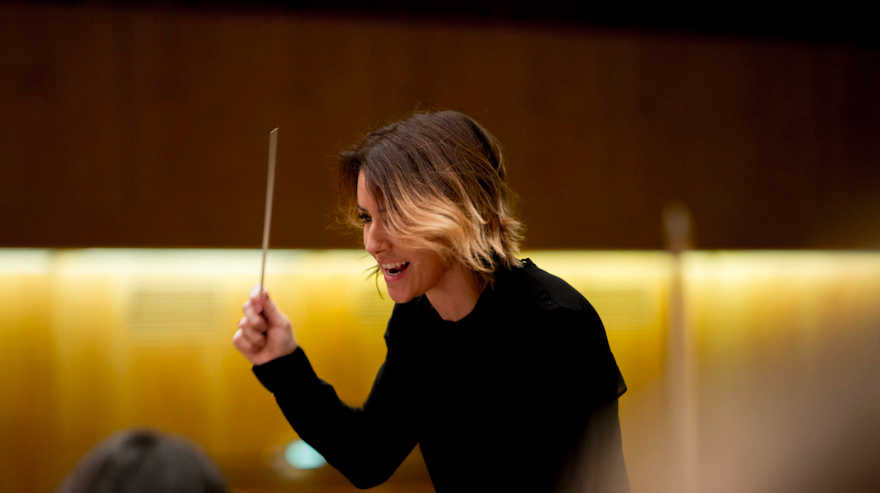
Malmö Symphony Orchestra opened its 2021-22 season with a performance of Dvořák’s superlative Symphony No 7 under Mexican conductor Alondra de la Parra, a musician I’m always intrigued to hear. Yes, it’s a cliché to talk about Central and South American conductors having a heightened sense of rhythm, but Alondra kicked and swung this symphony (in which rhythm is all-important) into action with real panache. I was on the edge of my seat for almost all of it.
- 6. Malmö Opera: Turandot (2024)
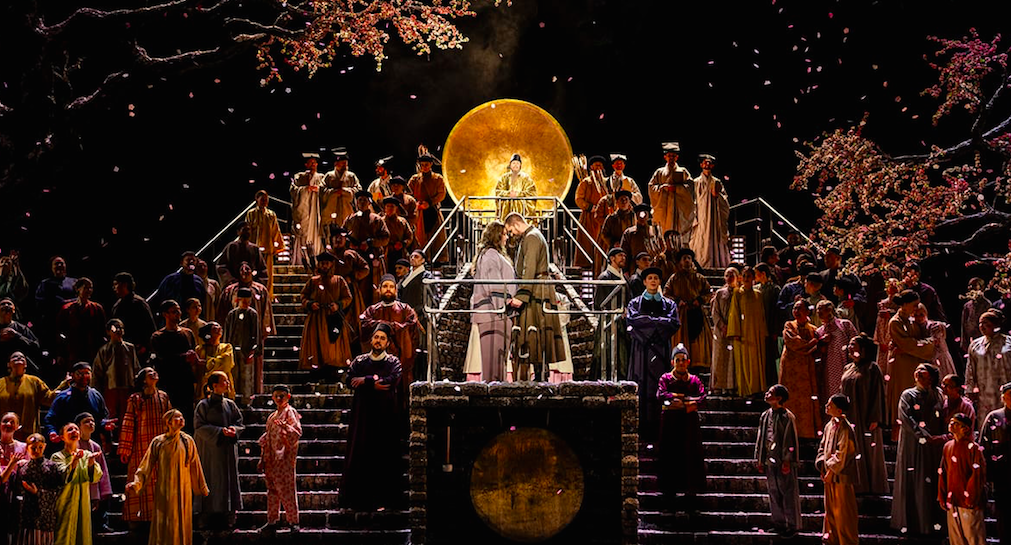
I loved this – a deeply progressive production in traditional clothing, and one that proved devastatingly moving (you can read my review for Opera Now here). But it was notable for its musical achievement under Daniel Carter: probably the subtlest, most nuanced and most idiosyncratic performance I have heard from this company, and of a very tricky score (the chorus, in particular, was outstanding). The entire run, in Sweden’s biggest theatre, was sold out.
- 7. Malmö Opera/Skånes Dansteater: Mozart Requiem (2019)
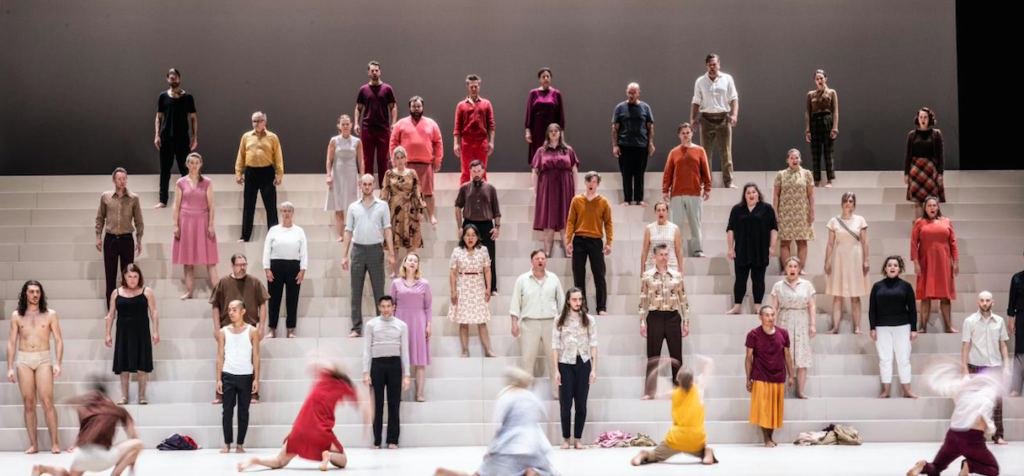
This was extraordinarily moving. I can rarely find the words to critique the most effective contemporary dance productions, and why I find them so. The choreography was by Örjan Andersson; the chorus of Malmö Opera merged with the dancers of Skånes Dansteater. I found almost every movement so umbilically connected to the Mozart and so very redolent of something in my own life I couldn’t express (and clearly can’t here).
Andrew Mellor


